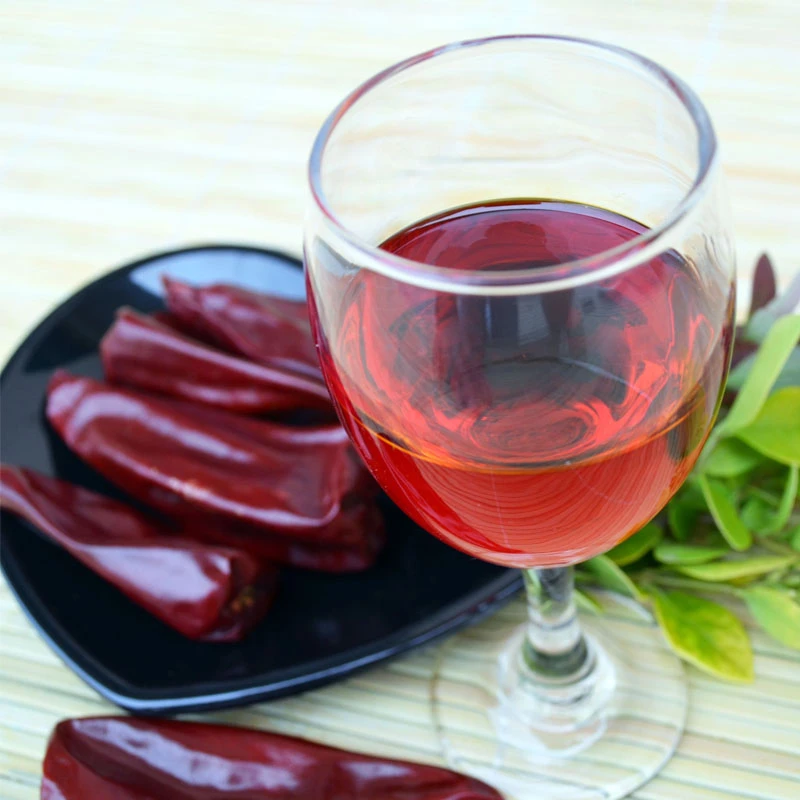- No. 268 Xianghe Street, Economic Development Zone of Xingtai city, Hebei 054001 China
- Byron@hbhongri.cn
Exploring the Fiery World of Dried Hot Peppers and Their Culinary Uses
The Fiery World of Dried Hot Peppers
Dried hot peppers are more than just simple spices; they are a vibrant testament to culinary creativity and cultural heritage. Across the globe, these tiny pods wield significant power in kitchens, transforming bland dishes into bold flavor experiences. Their history and versatility make them fascinating ingredients that merit a close look.
The journey of dried hot peppers begins with their cultivation. Found in various regions worldwide, hot peppers thrive in warm climates. From Mexico to India, farmers harvest a multitude of varieties, each offering a unique flavor profile and heat level. After being picked, these peppers undergo a drying process, a method that dates back centuries. Sun drying is the most traditional technique, allowing the peppers to maintain their natural oils and flavors. Other methods include air drying or using dehydrators, each with its benefits and impact on taste.
One of the most recognized varieties of dried hot peppers is the chili pepper. Common types include the ancho, guajillo, and cayenne. Ancho peppers, which come from dried poblano peppers, have a rich, sweet flavor with mild heat, making them perfect for sauces and stews. Guajillo peppers are known for their tangy and berry-like flavor paired with a medium heat level, ideal for salsas and marinades. Cayenne, on the other hand, brings a fiery kick, often ground into a fine powder to spice up dishes; its intense heat is perfect for those who crave an extra bite.
dried hot pepper

The culinary uses of dried hot peppers are boundless. In Mexican cuisine, they are essential for making mole sauces, where their deep, complex flavors come to life. When rehydrated, they can be chopped and added to tacos, enchiladas, or used to season meats and vegetables. In Indian cooking, dried red chilies are a staple in many dishes, whether incorporated into spice blends like garam masala or used whole in tempering oil for curries. Their presence in cuisines worldwide illustrates their versatility and the universal love of spice.
Beyond their culinary applications, dried hot peppers also offer several health benefits. They are rich in vitamins A and C, antioxidants that contribute to overall health. Capsaicin, the compound responsible for the heat in peppers, has been studied for its potential pain-relief properties and benefits related to metabolism and weight loss. Additionally, consuming spicy foods has been linked to improved cardiovascular health and increased longevity, making these fiery pods a smart choice in moderation.
It’s important to note, however, that not all dried hot peppers are created equal. The heat level, measured in Scoville Heat Units (SHU), can vary significantly from one variety to another. For instance, jalapeño peppers range from 2,500 to 8,000 SHU, while ghost peppers can reach over 1,000,000 SHU! When using dried hot peppers, it’s wise to start small and adjust according to taste preferences. An adventurous palate can always add more, but it’s challenging to take heat away once it has been added.
In conclusion, dried hot peppers are a celebration of flavor, culture, and health. They elevate ordinary dishes and bridge diverse culinary traditions. With their impressive versatility and myriad of health benefits, it’s no wonder they hold a cherished place in kitchens across the globe. Whether you enjoy a subtle warmth or a fiery blast, integrating dried hot peppers into your cooking promises to ignite your taste buds and enhance your culinary adventures.
-
Turmeric Rhizome Powder: A Golden Treasure from Roots to TableNewsJul.28,2025
-
The Versatile Application Of Crushed Red Hot Peppers: Lighting Up The Red Flames On The Dining TableNewsJul.28,2025
-
The Paprika: A Touch Of Vibrant Red In Color, Flavor, And CultureNewsJul.28,2025
-
Ground Turmeric: A Modern Examination of an Ancient SpiceNewsJul.28,2025
-
Capsicum Liquid Extract: Features, Applications, and ChallengesNewsJul.28,2025
-
Application of Capsicum Liquid Extract in FoodNewsJul.28,2025







